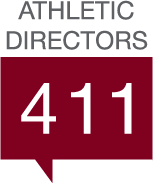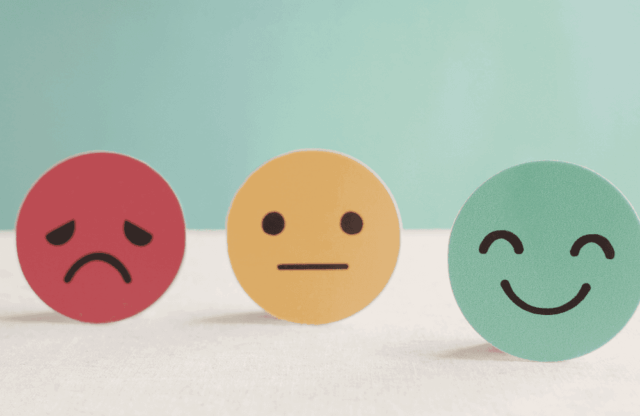In recent years, student-athlete mental health has finally gained the attention it deserves. Athletes are being seen, heard, and supported in ways that are long overdue. This is an important victory and an incredible step forward, but it’s only part of the picture. While discussions on athlete wellness grow louder, another group is still struggling in silence: athletic department staff.
Compared to the growing body of research on student-athletes, data on the mental health of athletic department staff — especially athletic directors — is sparse. Yet, those in the role know far too well how mentally emotionally taxing it can be.
The Weight of the Role
As an athletic director, you give your all to your department. You prioritize your athletes, support your coaches, and somehow, someway, keep operations running smoothly. You’re a public-facing figure managing a long list of stakeholders: fans, parents, school administrators, sponsors, donors, and media. It’s a role with no clear off-switch.
There’s no traditional, 9-to-5, 40-hour work week. You have early mornings, late nights, weekends filled with games, and a constant demand to be “on.” For many ADs, their identity becomes tightly intertwined with their job. But it raises an important question: Are you pushing yourself too far? And more urgently: How much more weight can you carry till you crack?
What Athletic Directors 411 Readers Are Saying
In a recent multiple choice survey we conducted on Athletic Directors 411, we asked our readers to identify their most significant mental health challenge over the past year. The options included: burnout due to long hours and high demands, stress from managing athlete or staff behavior, anxiety related to job security or budget constraints, difficulty maintaining work-life balance, lack of institutional support for mental well-being, or experiencing no significant mental health challenges.
Two responses stood out: burnout due to long hours and high demands, and difficulty maintaining work-life balance. The results reflect what many already know deep down but may not have said it out loud. The toll is real, and it’s affecting ADs across the board.
National Data on Burnout
The mental strain on athletic directors has been growing for years, with an increase of stress and responsibilities that began during the 2020 global pandemic and has stayed well past the mask mandates were lifted. A 2022 Athletic Director U (ADU) survey revealed:
- 85.2% of NCAA-level athletic directors were at a high risk of exhaustion
- 61.2% reported a high risk of disengagement
- 61.2% reported a medium risk of overall burnout
Survey participants pointed to three key stressors: COVID, culture, and compensation. Many athletic directors feel they’re juggling too many responsibilities, constantly expected to be available, underpaid for their efforts, and missing out on time with family and friends.
The conclusion is clear and bleak: The system is pushing too hard, and too many are at their breaking point.
Why It Matters
Burnout isn’t a solo experience — it affects entire programs. When athletic directors are overwhelmed, decision-making suffers, relationships strain, and program quality declines. You can’t pour from an empty cup.
Prioritizing and taking care of your mental health helps you take better care of yourself and your department, leading to increased productivity and performance, reduced turnover rates and absenteeism, improved engagement and morale, and a positive workplace culture. Additionally, by addressing your own mental health, you set a powerful example for your team. Wellness leadership starts at the top.
Pathways to Support
What Institutions Can Do
- Offer mental health resources for staff, not just athletes
- Normalize conversations around mental health at all levels
- Build in recovery time — vacation, comp time, or hybrid flexibility
- Evaluate workload expectations and staffing levels
What You Can Do
- Set clear boundaries (even one tech-free hour a night can help)
- Delegate when possible
- Reconnect with personal interests and hobbies
- Seek out peer groups, coaching, or professional counseling
The same way we fight for our athletes to get the support they need, we must also fight for ourselves. It’s about more than preventing overall burnout, it’s about building a sustainable, fulfilling career — where you can give your best, because you’re at your best.




